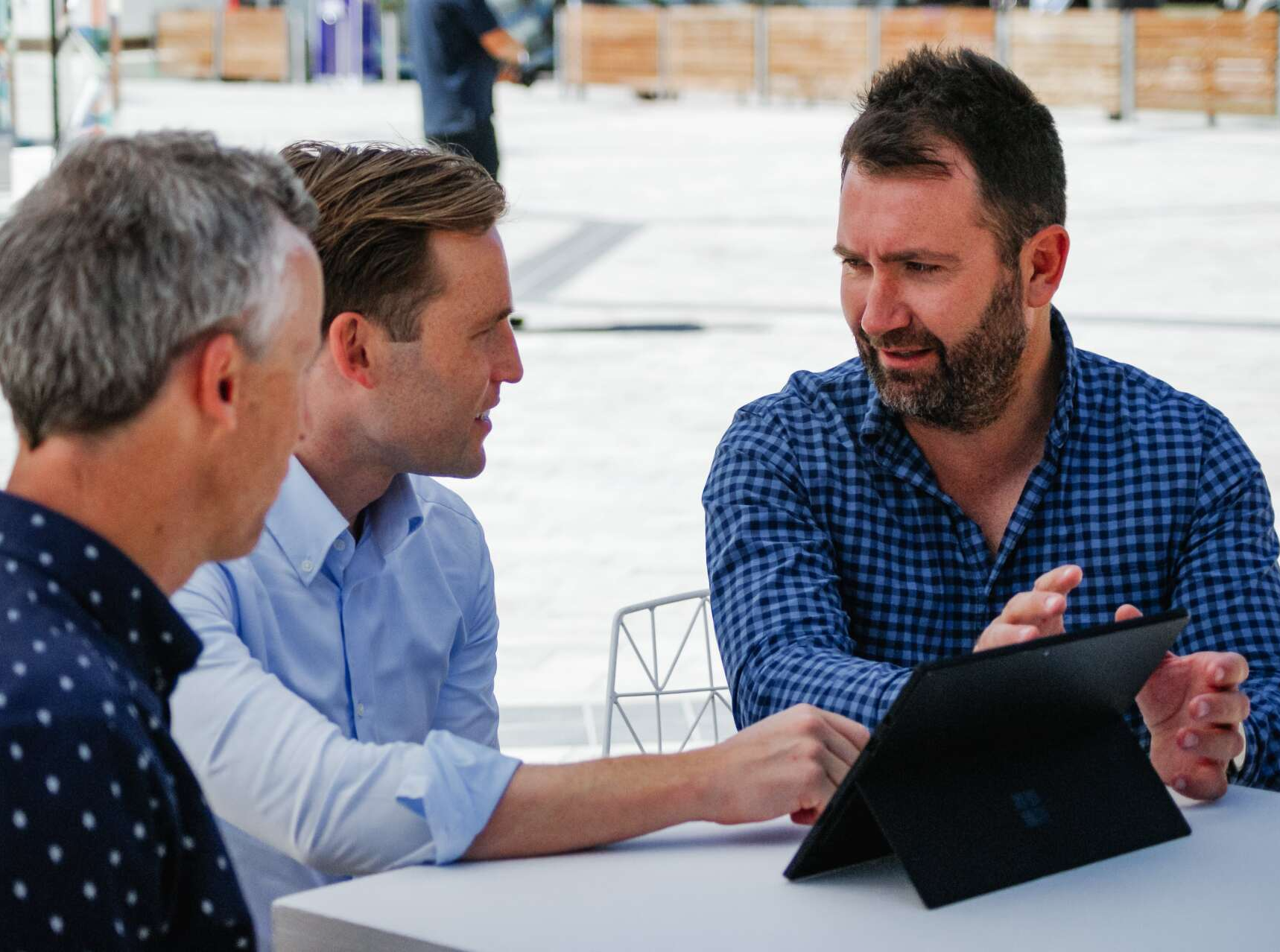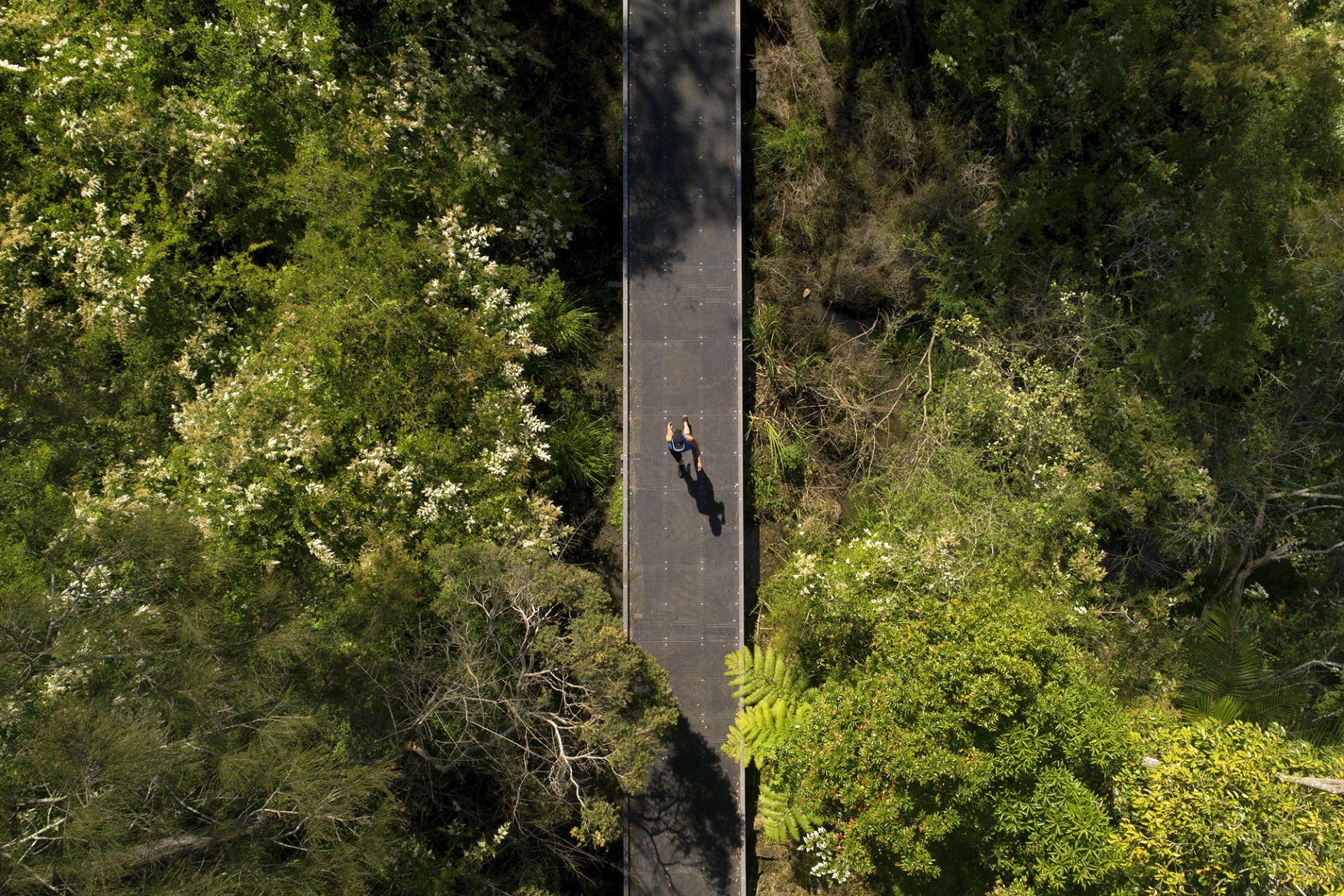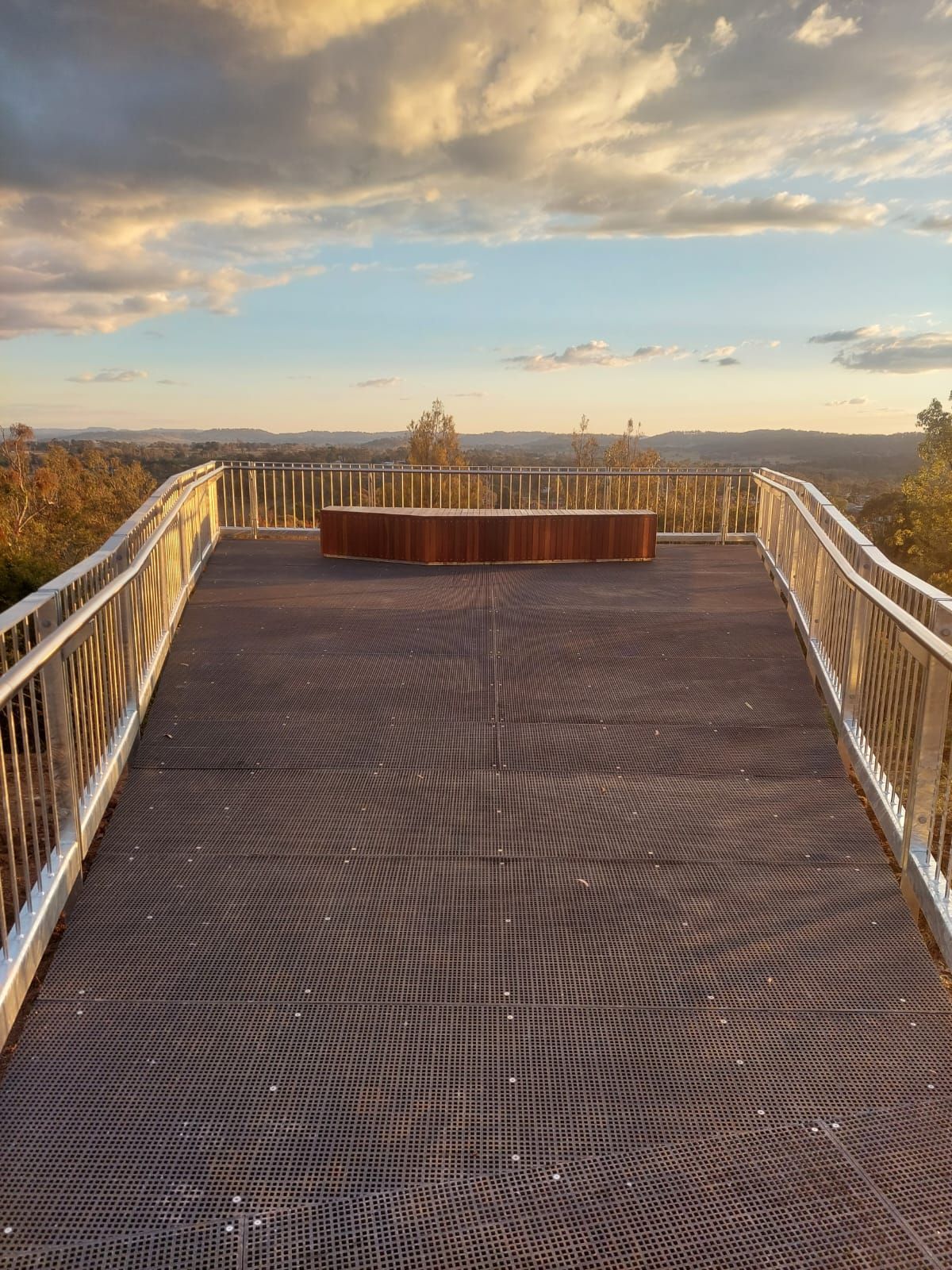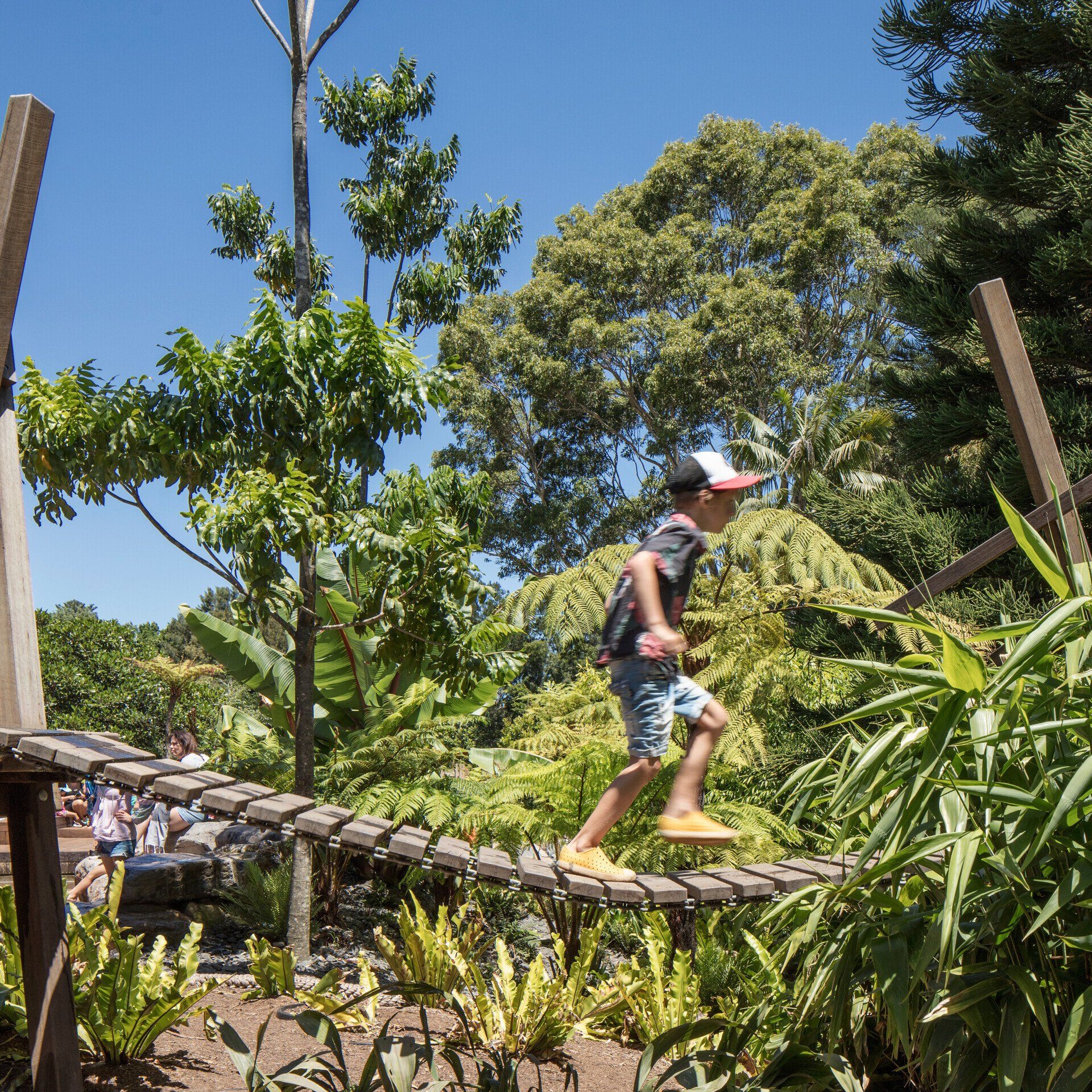Continuity delivers confidence for Walker Corporation and Redbox
It’s little secret that streamlined project teams almost always deliver a more resilient supply chain and better outcomes. That’s why Fleetwood is structured, very intentionally, around managing as much of your project inhouse as possible. From concept to completion, there are very real benefits of this in terms of timings, budget maximisation and overall quality control.
To explore just what this centralised approach could mean for your next project, we recently caught up with two Fleetwood customers – Nathan Campbell, General Manager at Walker Corporation and Justin Kalinowski, Director at Redbox Design Group – to get their first-hand perspectives. Here’s some of what they had to say…

Question 1:
Fleetwood has always placed a high priority on inhouse capability at all stages of a project. Is that valuable to you and your team?
Nathan Campbell (Walker Corporation):
Absolutely. We’re currently working with Fleetwood on a major public realm project for the South Australian Government, a series of spectacular arbours in the centre of Adelaide. We’ve really appreciated Fleetwood’s centralised approach to managing the issues, challenges and requirements along the way, without making them out to be big problems. As a client that’s somewhat refreshing, because sometimes you end up trying to resolve everything yourselves! We have a great project team in Adelaide and the added engagement, collaboration and input from the Fleetwood team has been a big plus.
Justin Kalinowski (Redbox Design Group):
Having that end-to-end solution is extremely helpful. Fleetwood has a core senior team, which is actually how we work ourselves. It means there’s consistency across all the key people from start to finish. Using one of our recent projects at Edgeworth (a new playspace in Canberra) as an example, there’s been virtually the same Fleetwood team along for the whole journey. That project has taken a couple of years to get to the point where it’s now starting to be built, and we’ve shared all of that project history together. It means whenever we jump back into a dialogue, even after a couple of months of having not spoken, we can very quickly pick things up again. That continuity at each stage of the project is extremely valuable.
Question 2:
It feels like what we’re really talking about here is confidence. With a team of inhouse specialists, you can really trust Fleetwood to understand your vision and bring it to life in the way it’s intended?
Nathan Campbell (Walker Corporation):
During the tender stage of our Adelaide project, it was very clear Fleetwood had given deep consideration to the entire project. There was a lot of detail around the ‘how’, not just the ‘what’ and ‘why.’ Loadings, joints, how the structures would be transported and installed – all of the various stages and scenarios involving different specialists within the project and delivery teams. That gave us a tremendous amount of confidence, which is obviously very important for such a high-profile public project.
Justin Kalinowski (Redbox Design Group):
Yes, and again it’s the consistent team that gives us that confidence. We’ll have a meeting and Mark Jol (Fleetwood Design Lead) will have already sent us sketches or hand-worked technical drawings beforehand, which he’s already discussed at length with his own team. When we step into the meeting it’s all there, and we’ll go through the live documents and drawings together with the people who are actually going to be delivering it. We’re not just having a hypothetical meeting where we talk about it, but never actually see something. It’s all very real, very tangible. With everyone in the room, the ideas just bounce around, moving forward and developing all the time. You also get to see the thought process, which as designers we really like. It gives us confidence and really takes us along on that journey.
Question 3:
Something else we’re always keen to do is bring together the different specialists from different parts of our business, to really help move projects forward in real-time? Have you experienced that yourselves?
Nathan Campbell (Walker Corporation):
I remember when we first met with the Fleetwood team for our Adelaide project. There was a whole lot of the people in the meeting – I think there were six, all from different parts of the Fleetwood business. Generally, I’m not a huge fan of big meetings, but everyone had something important to say and clearly understood the nature of the brief. They weren’t just making up the numbers, they all contributed, from the guy on the site who talked about what he needed from surveyors, to the factory, fabrication and engineering people. It was clear we were dealing with a real end-to-end team. Looking back now, having all those people in the room allowed us to ask a lot of very specific questions, and get the answers we wanted and needed. It definitely meant we were able to very quickly turn things into an agreement, and then turn that into a formal order so we could get the material procurement process underway. That was important as there was quite a bit of time pressure. But while everything happened quickly, it never felt rushed or like we were compromising. The way the Fleetwood team is structured allows things to move quickly and confidently, which is exactly what we wanted.
Justin Kalinowski (Redbox Design Group):
Yes we have, many times. We might have Mark (Design Lead), Joel Watson (Project Lead) and the technical team all in the one room. Likewise, if we’re moving into construction, we’ll have members of that team around the table too. It’s a really diverse group of specialists, all sitting there saying “well, this bit still needs to be resolved” or “yeah, we’ve made this allowance” and everyone being able to feed directly into that conversation. It’s so much more collaborative and more effective. It also gives us the confidence the project can actually be delivered on budget.
More from Fleetwood Files.

Explore
Certifications
Environmental Management : ISO14001
Quality Management : ISO 9001
OHS Management : ISO 45001
All Rights Reserved | Fleetwood Urban | Privacy Policy








